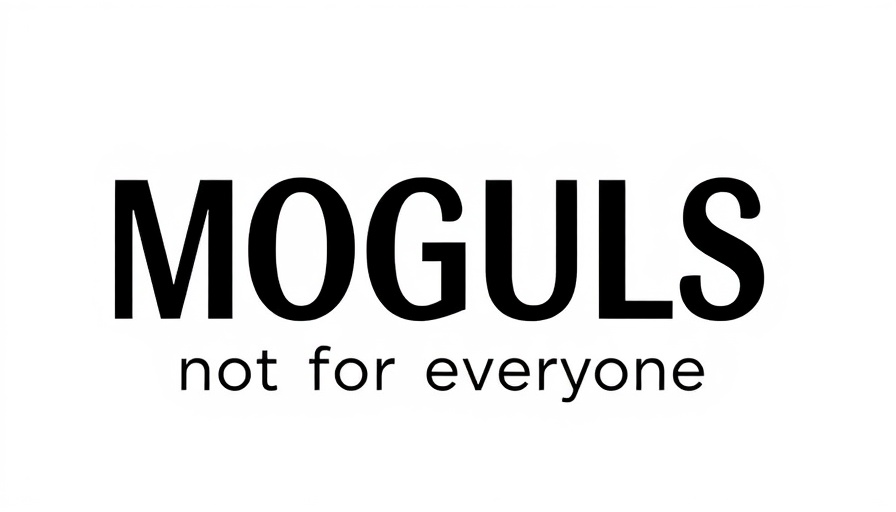
Reassessing Private Investment Trends in 2025
The climate for private investments is shifting dramatically in 2025. While the broader financial landscape remains precarious, there's a notable momentum behind investment crowdfunding, which is establishing itself not just as a lifeboat for investors, but as a powerful engine for innovation and economic development. New data indicates that even as venture capital faces challenges, crowdfunding continues to thrive, driven largely by the infusion of capital from accredited investors seeking higher returns.
Investment Crowdfunding: A New Era
Investment crowdfunding has emerged as a key player in the private markets, effectively filling the void left by traditional venture capital firms that have been hesitant to deploy capital. According to the 2025 Investment Crowdfunding Report, there has been a significant shift in investor dynamics; accredited investors are now pushing record amounts of capital into the scene. This is crucial, as it not only democratizes investment but also aligns investors with startups in a manner that enhances accountability and engagement.
The Rise of ‘Investomers’
Today's investors are evolving into what the industry is now calling 'investomers'—a blend of investor and customer. They are demanding a more active role in the companies they back, often looking for channels to influence product direction or engage with the brand. Platforms supporting investment crowdfunding are increasingly tailored to facilitate this interaction, thus underpinning a more vibrant ecosystem of investment driven by shared interests, rather than passive financial backing alone.
Looking Ahead: Predictions for Liquidity
Despite the recent successes of crowdfunding, many investors are still locked in with significant unrealized returns. Fortunately, liquidity solutions are on the horizon. As platforms explore secondary trading options, policies are set to evolve, enabling faster exits for investors. This could dramatically reshape how private equity is managed and funded, making it increasingly attractive to a broader base and safeguarding investors against the illiquidity risks traditionally associated with private market investments.
Investor Sentiment: Is the Market Heating Up?
The overall sentiment in private investment is warming, as evidenced by the impressive IPO performances from the likes of Circle Internet Group, which recently attracted significant attention, pushing industry values upwards. The pressure is on for private companies to go public, and as exits increase, so too does confidence in the sector.
Conclusion: Why Should Financial Institutions Care?
For financial institutions and service providers, understanding these trends in private investments is crucial. The shift towards crowdfunding represents a significant opportunity. Institutions looking to adapt and thrive in this new environment should consider how they can leverage these emerging trends to engage with both investors and startups in meaningful ways—fostering relationships that can ultimately lead to robust investment returns.
 Add Row
Add Row  Add
Add 




Write A Comment